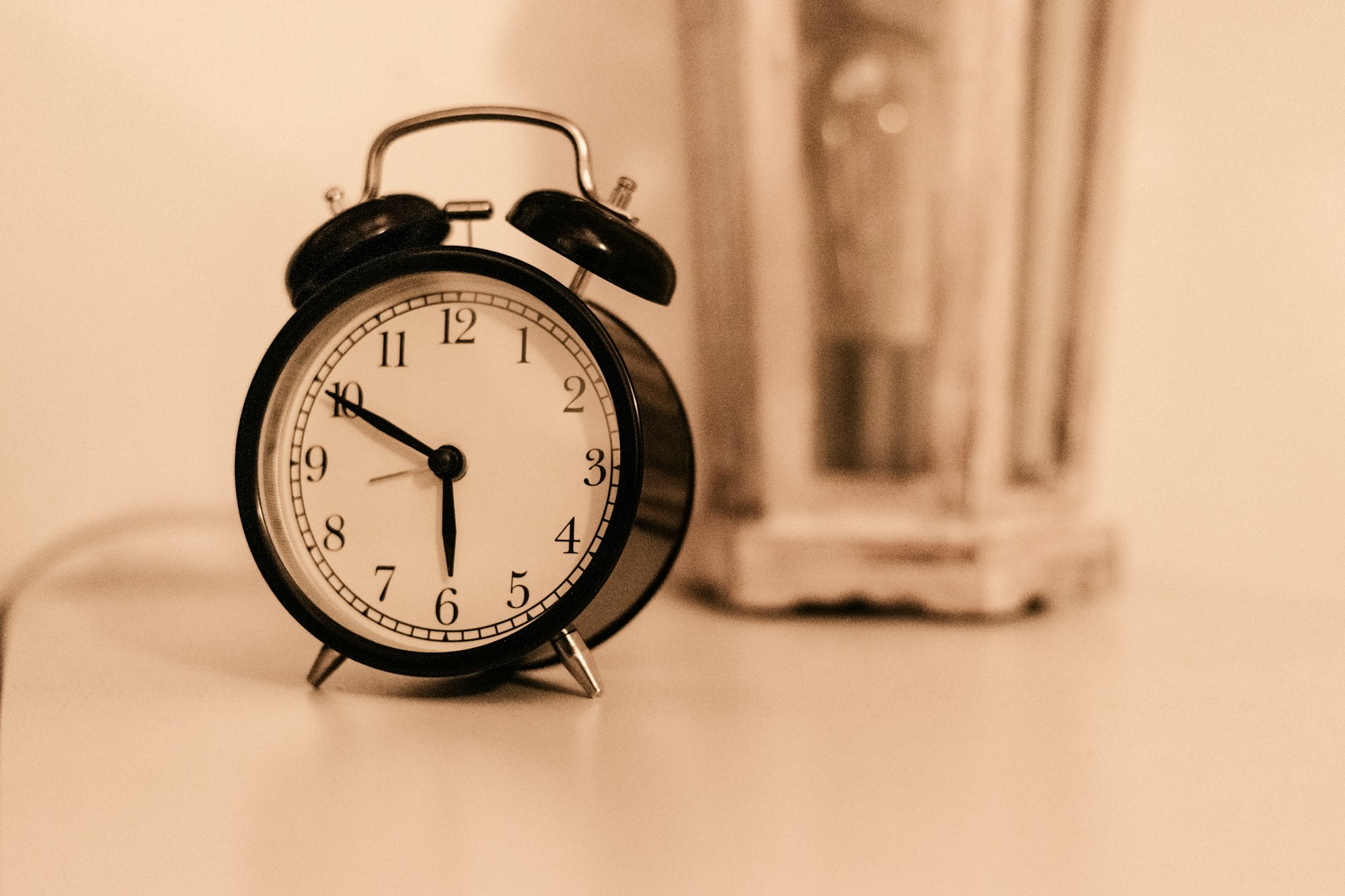A gentle hush descends as the world grows quiet, yet inside the body and mind, an extraordinary dance unfolds every night. Parents, ever vigilant, often find themselves perplexed by the mysteries of why their child struggles to drift off, wakes frequently, or simply refuses bedtime. How much sleep is truly enough? Why do some little ones wake at dawn while others lounge in dreamland till late morning? If such questions surface in your home, you’re not alone in wondering. By turning the spotlight on sleep physiology, parents unlock essential keys for nurturing resilience, growth, and well-being—not just for the children, but across generations. Here, discover the fascinating science of sleep, from brain waves and hormonal surges to heart rhythms and genetic quirks. Practical solutions blend with expert insights, always mindful of your unique family realities and the delicate balancing act each day and night demands.
Sleep Physiology: What Happens While We Sleep?
Ever noticed how just the right mix of exhaustion and calm can sweep a child—sometimes an adult too—into slumber within minutes, while at other times, sleep feels endlessly elusive? This delicate orchestration flows from sleep physiology, a term describing how biological processes, neurological signals, and environmental cues come together in a nightly routine more intricate than most realize.
Non-REM (NREM) sleep unfolds in stages—light dozing (N1), a “switching off” where the body is neither fully awake nor deep in repair (N2), and finally, the rejuvenating territory of slow-wave sleep (N3 or deep sleep). Here, the heart beats slower, breathing becomes calm, and growth hormones arrive for duty—especially vital for children, who depend upon this stage for tissue repair, memory formation, and rapid development.
Then, as if by clockwork, the scene shifts into REM (Rapid Eye Movement) sleep. Now, the brain whirs with activity, dreams burst into being, and muscles enter a gentle paralysis for safety. Infants and young children cycle more often through REM, fuelling their impressive brain growth and emotional learning.
But the symphony does not play on autopilot. Specific regions of the brain—the hypothalamus (master clock), brainstem (gatekeeper), and thalamus (messenger)—signal with neurochemicals like GABA, orexin, dopamine, and melatonin, each performing its unique role. The glymphatic system quietly clears away metabolic waste, refreshing the brain for a new day.
Understanding Sleep Cycles and Rhythms
One night, you notice your child is sleepy at 8 PM and falls asleep easily. Another night, you delay bedtime, and suddenly the magic window feels closed—restlessness replaces drowsiness. This repeated pattern is not random, but a result of sleep physiology governed by cycles and internal clocks.
Adults and older kids typically traverse four to six sleep cycles nightly, each lasting about 90–120 minutes. Early in the night, slow-wave (deep) sleep reigns, offering physical and psychological restoration. Closer to dawn, REM periods lengthen, supporting creativity, memory, and emotional balance—that vivid dream just before waking? Likely a REM moment.
Circadian rhythms—those roughly 24-hour cycles—synchronize with the natural light and darkness outside, nudged along by the suprachiasmatic nucleus at the core of the brain. Factors like jet lag, irregular schedules, or excess screen light in the evening can confuse this rhythm, making sleep fragmented or delayed.
Why Sleep Matters: Biological Functions and Benefits
Sleep is not simply time “switched off.” In the background, sleep physiology is orchestrating:
- Release of growth hormone for child development and adult tissue repair.
- Memory consolidation—reviewing a school lesson before bed? Sleep helps store it for the exam.
- Regulation of appetite, blood sugar, and body weight (yes, sleep deprivation may lead to increased hunger and weight gain).
- Strengthening of the immune system—those who sleep well tend to fend off infections and recover more quickly.
- Emotional regulation—meltdowns, mood swings, and irritability in both children and adults often signal a sleep debt accumulating.
Remarkably, one’s chronotype—morning lark or night owl—is shaped both by genes and social routines, affecting not just sleep, but energy, attention, and even how we relate to others.
The Lifelong Evolution of Sleep Physiology
In newborns, sleep physiology is a world apart: babies bounce between REM and NREM sleep with startling frequency (sometimes every 50 minutes), often beginning their rest with REM rather than deep sleep. Total sleep time for a healthy newborn? Often 14–17 hours, scattered in fragments; infants are hardwired for this pattern, supporting rapid brain growth and development.
As babies approach their first birthday, sleep cycles slow down and deepen. By age 2-3, children mirror adult sleep architecture—blocks of deep sleep through the early part of the night with lighter and REM-rich cycles near morning, though night awakenings remain frequent for many. These variations are both normal and biologically driven.
Teenagers may resist early bedtimes, their biology shifting toward later sleep and wake times—no, it’s not just rebellion but shifts in internal rhythm! For adults, the progression continues: deep sleep subtly decreases with age, fragmented rest and earlier waking become more common, and individual variations often reflect lifelong genetic patterns.
Determining Healthy Sleep Needs—By Age
As parents, a pressing question often looms: “Is my child sleeping enough?” Rather than fixating on exact numbers, sleep physiology teaches that the “refresh effect” upon waking is usually a more telling marker than sheer quantity. Still, typical sleep requirements look like this:
- Newborns (up to 3 months): 14–17 hours/day
- Infants (4 months–1 year): 12–15 hours/day
- Toddlers (1–2 years): 11–14 hours/day
- Preschoolers (3–5 years): 10–13 hours/day
- Children (6–13 years): 9–11 hours/day
- Teenagers (14–17 years): 8–10 hours/day
- Young adults (18–25 years): 7–9 hours/day
- Adults (26–64 years): 7–9 hours/day
- Seniors (65+): 7–8 hours/day
Variations between individuals abound—a napper here, a short-sleeper there—often reflecting genetic heritage as much as daily habits.
How Sleep Is Measured: From Brain Waves to Wearables
You might wonder, how do experts study such an intangible thing as sleep? Here, polysomnography (PSG) comes forward—a comprehensive overnight evaluation combining electroencephalography (EEG) for brain waves, electromyography for muscle tone, and monitors for heart rate and oxygen. This setup helps to distinguish sleep stages, spot disruptions, and diagnose conditions like sleep apnea.
For families at home, actigraphy—wearable devices tracking movement—offers a practical way to observe patterns over days or weeks, pinpointing actual rest versus mere stillness. EEGs highlight electrical activity, charting theta, delta, and spindles with remarkable detail—a peek behind the curtain at how sleep physiology choreographs nighttime performance.
Research stretches further: animal models deepen understanding of fundamental biological drives, helping to design therapies, and increasingly, home devices using machine learning bring scientific sleep insight to daily family life.
Sleep Disorders: When Sleep Physiology Is Disrupted
Parents often sense instinctively when restful nights turn into battles. The culprits? Sometimes:
- Insomnia—frequent awakenings or struggles to fall asleep, often shadowing stress, irregular schedules, or underlying health problems.
- Sleep apnea—breathing pauses during sleep, sometimes signaled by snoring. Not just an adult concern; persistent, loud snoring in a child warrants attention.
- Narcolepsy—uncommon, marked by sudden, irresistible sleep episodes and an unstable sleep-wake boundary.
- Circadian rhythm disorders—when internal body clocks drift away from morning-to-night cycles, leading to late sleep onset or frequent nighttime awakenings.
- Restless leg syndrome—an urge to move the legs, usually in the evening or before falling asleep, sometimes causing sleep resistance in children.
Unaddressed, sleep disruptions may affect mood, cognition, school performance, and metabolic health.
Supporting Restorative Sleep: Practical Approaches
No single technique brings instant sleep harmony—but a few tried and tested strategies rooted in sleep physiology can provide lasting benefits:
- Cognitive-behavioral therapy for insomnia (CBT-I): A programme empowering families to shift unhelpful beliefs about sleep, manage nightly anxieties, and establish healthy routines.
- Light management: Bright light exposure early in the morning and dim, warm lighting in the evening can “reset” the circadian rhythm, especially for teens.
- Consistent routines: Regular wake-up and bedtime set the stage for strong internal rhythms, whether on weekdays or weekends.
- Bedroom environment: Encourage a cool, quiet, and dark sleeping space; comfortable bedding and minimal light.
When needed, medical strategies—such as melatonin under professional guidance or short-term medication—may help, but should always be discussed thoroughly with a health provider due to potential side effects and dependency risk.
Physical activity—done earlier in the day—supports deeper, more restorative sleep, further reinforcing psychophysical balance for the entire family.
Genetic differences shape how bodies respond to these strategies; what works wonders for one child may require tweaking for another.
Key Takeaways
- Sleep physiology involves a complex interplay of brain signals, hormone releases, and cellular processes, all working in synchrony to renew body and mind.
- Establishing healthy sleep patterns benefits growth, mood, learning, and family harmony at every stage of life.
- Understanding one’s unique rhythms—the result of age, genes, habits, and environment—helps to fine-tune routines for each family member.
- Disruptions to restful sleep are common yet manageable, often responding well to practical changes backed by medical knowledge.
- For guidance tailored to your family, resources and supportive professionals are available at every step. Discover extra help—download the application Heloa for personalised advice and free health questionnaires for your children.
Questions Parents Ask
What are the most common sleep disorders in children and how do they show?
Frequently, children experience disturbances like night terrors, which may cause sudden, dramatic awakenings, sometimes with crying or confusion—these episodes resolve on their own, and the child often has no memory the next morning. Sleepwalking can appear, especially in primary school-aged kids, with the child rising from bed and moving about the home, all while not fully conscious. Lastly, restless leg syndrome—a tingling or crawling sensation in the legs before bedtime—may delay sleep onset and create bedtime battles. Whenever recurrent fatigue or persistent disturbances occur, a conversation with your pediatrician can shed light and offer reassurance.
How can parents encourage healthy sleep habits for children?
Small, steady steps often bring the best outcomes. Schedule a predictable bedtime routine—reading a book, dimming the lights, or gentle music—to signal sleep time. Aim for similar sleep and wake times daily, including weekends. Limit screens, caffeine, and loud activities near bedtime. If night wakings happen, provide calm presence, reduce stimulation, and trust the comfort of familiarity. Every child is unique—patience and kindness matter as much as routine.
Are naps helpful or can they make nighttime sleep difficult?
For younger children, naps are not only normal but beneficial, providing boosts to mood, learning, and attention. While some preschoolers may still require daytime sleep, others outgrow naps more quickly. If late naps cause nighttime struggles, try offering rest in the early afternoon or shortening nap length. Observation is key—notice how naps affect your child and adjust accordingly.
Further reading:









